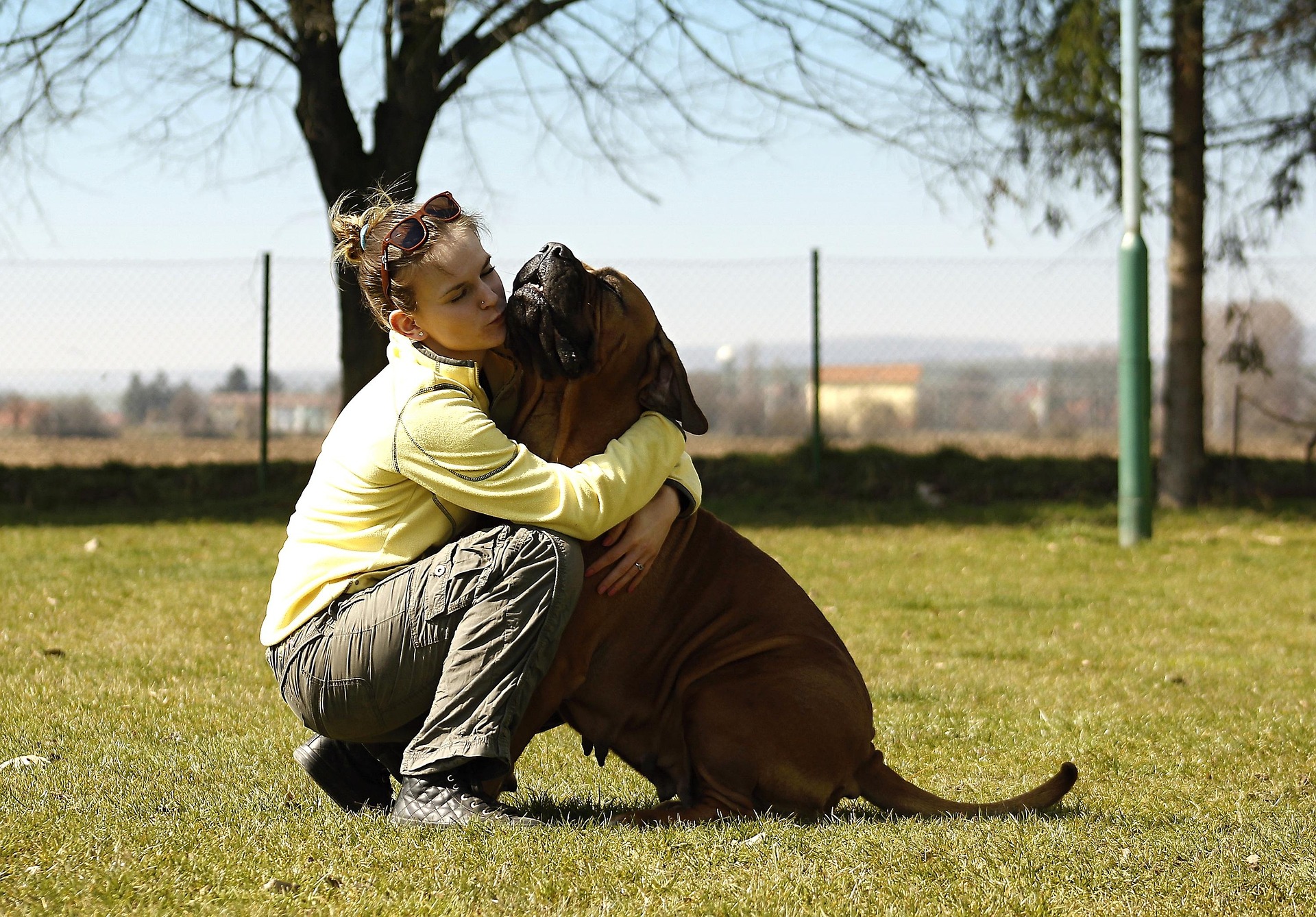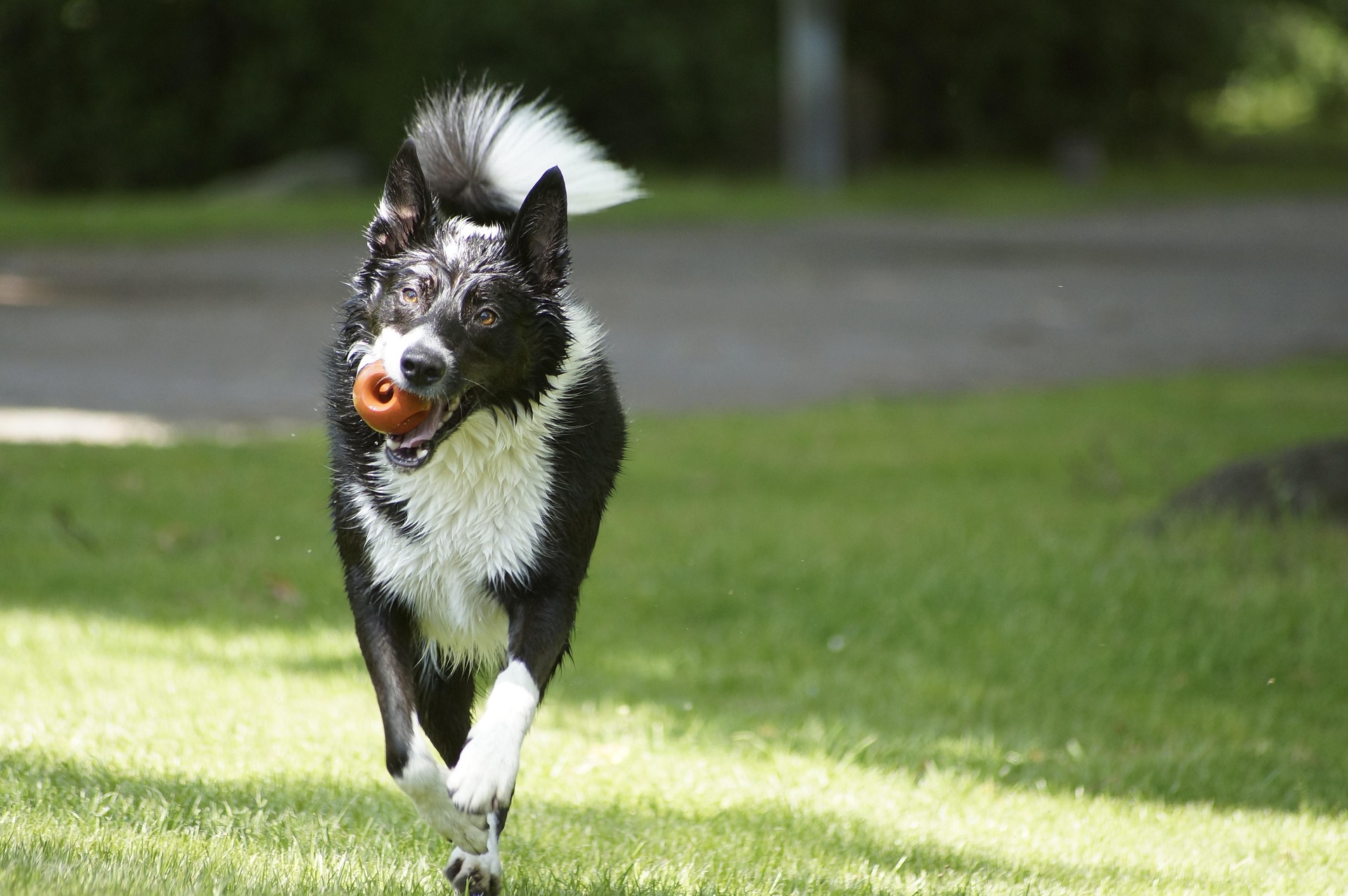Have you been considering adopting a new cat, dog, or bunny recently? Or have you decided to adopt a new pet?
When you bring home your newly adopted pet, the first order of business is to start considering names for your family’s newest member. This can be both a fun but also a serious task that you shouldn’t rush into. You’ll want a name that is suitable and that you love, and you’ll need to share that name with your friends and veterinarian too.
You can think about the name while you help your pet adjust to their new home and new owner(s). Your new pet will be happy just to be reassured that he or she is safe and loved. If you’re truly stumped on picking a name, however, don’t worry. Here are some tips on how to choose the best name for your newly adopted pet.
General Rules for Naming a Pet
Since you will be using your pet’s name a lot, both at home and while at your new pet’s veterinarian’s office, you should choose a name that gives you pleasure to use.
Do:
- Keep the name short, or at least, use a shortened version of a name if there are more than two syllables. For example, you might want to call your kitten “Queen Victoria,” but consider teaching your kitten to respond to “Queen” or “Queenie” or “Vicky” or “Tori,” all of which are easier for you to call and for her to identify.
- Choose a name that will still be appropriate when your pet is older. “Baby Boo” is fine for your little, fluffy bunny, but not suitable for your big rabbit.
- If naming a dog, choose a name that begins with a hard consonant—such as “D,” “K,” “T,” and “S” rather than a vowel. These are easier for dogs to hear and identify with. However, vowels are great for the ending of the name, such as “Bailey,” “Shilo,” “Karla,” or “Goldie.”
Don’t:
- Don’t choose a name that rhymes with “No,” such as “Joe” or “Beau,” which may be confused with the command “No.” Also, avoid names like “Shae,” or “Fletch” for dogs if you plan to teach them to “stay” and “fetch.”
- Don’t let young children be in charge of naming a pet, because there is no telling what they may choose. You don’t want to have to have to call, “Here Poopy Pants,” when you take your dog to the dog park. Limit children to selecting a name from two or three you have already chosen.
- Don’t choose names that could be offensive or embarrassing, such as those that can be interpreted as racial, cultural, or religious slurs or insults, or that have a curse word in them.
- Don’t choose one of the more popular names for your pet unless you really love it. You may find it confusing when you take your dog to the veterinarian’s office or the dog park and someone calls “Bella,” “Lucy,” “Max,” or “Buddy,” which are very common names for dogs today.
- Don’t name your pet after a friend or relative unless you have asked first. Some people might consider it an honour while others may not like it at all.
- Don’t use a name that can be associated with something unpleasant like calling a dog that will grow very big by the name of “Killer.” It won’t be reassuring to a frightened child if your big dog is getting up close and personal and you call out, “Don’t worry—Killer won’t hurt you!”
Names Can Describe a Pet’s Appearance or Breed
If you like the idea of using an animal’s appearance for a name, a grey bunny, kitten, or puppy could be called “Lady Grey,” or “Shadow”; a white animal named “Polar,” or “Pearl”; a black animal called “Ebony,” or “Sooty”; and let’s not forget “Rusty” or “Red,” not to mention “Spot.”
A particular breed of dog or cat may suggest a name, like using a German name such as “Gustav” for your German Shepherd or “Sammy” for your Siamese cat.
Names Can Reflect The Pet Owner’s Interest
If you are a movie buff, consider naming your pet after a favorite movie star or a movie character. Star Wars has certainly inspired a lot of pet names over the years, and so has Harry Potter.
If music is your interest, it can be reflected by naming your pet after composers, singers, and band members. You could consider musical terms as well, like “Riff”.
The art world opens up other names such as Pollock, Dali, Degas, and Monet, which are interesting names for pets; and literature lovers can choose from their favourite authors’ names.
Real or Fictional Characters or Animals Can Inspire Names
- Famous wizards can inspire families to name adopted pets after them, such as Merlin, Gandalf, and Glinda.
- Famous animals can inspire great pet names: for dogs there is Lassie, Blue, or Dino. For cats, there is Garfield, Felix, or Sylvester. For bunnies, there is Peter Rabbit, Roger Rabbit, or Bugs Bunny.
- Search the Internet for ideas and you can find 100 popular names for cats, dogs, bunnies, and all sorts of pets, and the most popular names for particular breeds, colors, and personality traits, too.
How to Teach Your Pet His or Her New Name
Once you have settled on a name, it is time to teach your pet to respond to it. These tips can help:
- Always smile when you say your pet’s name so that his or her association with the word is something that makes you happy. Hearing the word—his or her name—will begin to make your pet happy and more responsive.
- Carry treats with you for a few days, and when you call out your pet’s name and get his or her attention, smile, praise your pet, and hand out a treat.
- When a pet hears his or her name and comes to the owner and receives a treat, it means the pet has learned the sound of the name. Pets indicate they know their name when they come when called, or when they turn their head and look at the speaker when they hear their name spoken.
- If you feel you must change an older animal’s name and the pet has had it for a long time, choose a rhyming word, such as “Bella” to “Stella,” or “Al” to “Pal.” If you want a name that doesn’t rhyme with the old one, use the old name—for instance—“Pete” with the new name “Toby” together, and call your pet by the double name “Pete-Toby.” After a few days, start dropping the “Pete” part of the name. Go back and forth between “Pete-Toby” and “Toby,” and then just drop the “Pete” altogether when your pet responds to “Toby” alone.
Once you’ve decided on a name for your newly adopted pet, let your family vet know! That way you can both go over your new pet’s needs during their first appointment, create a new file, and maybe even develop a new friendship or two along the way!
Deciding on a name is a fun and important task, and one you should take your time with. Make sure the name you pick is easy to say and it’s easy for your new family member to identify with, and that you and your family really love it. After all, you’ll be using the name often for many years, and your new pet will love to hear it!
Creative Commons Attribution: Permission is granted to repost this article in its entirety with credit to Hastings Veterinary Hospital and a clickable link back to this page.






